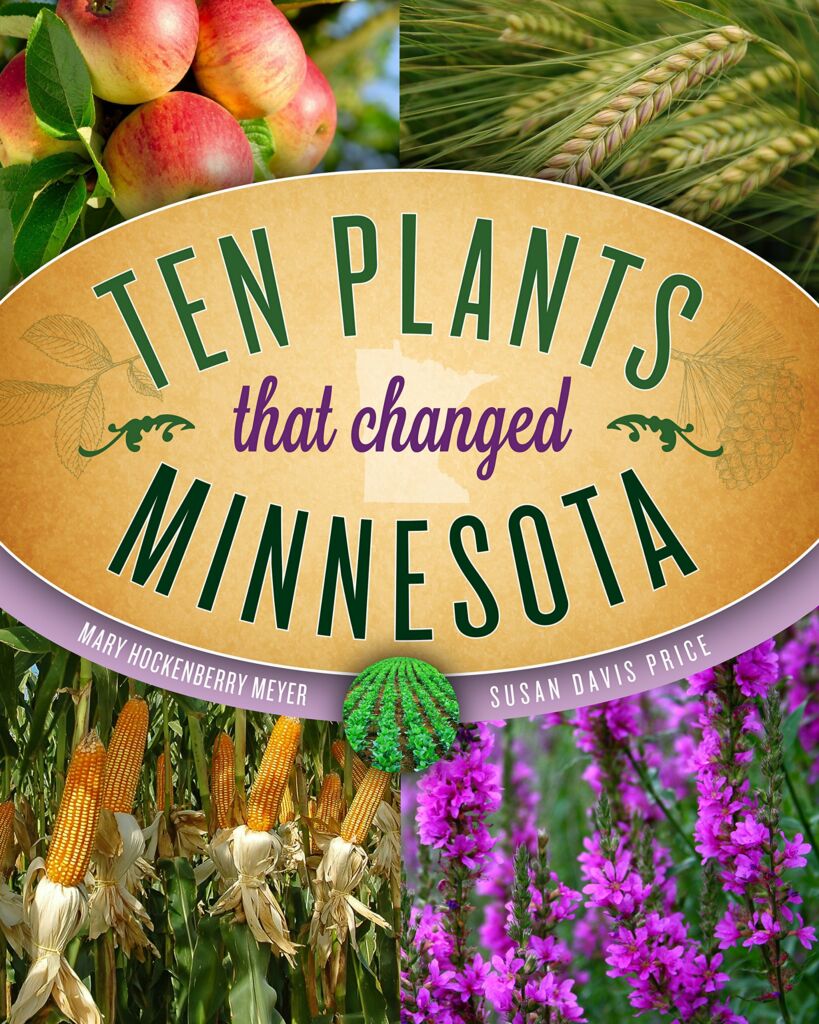Special HHM Member Event
“If we cannot name and recognize plants, how can we value them and realize how essential they are to our environment and our well-being as humans?” —from the Introduction
In 2012 a committee of experts chose the ten plants that most changed Minnesota from nearly five hundred citizen nominations, hosted by the Minnesota Landscape Arboretum. The idea that plants, as few as ten, could shape a state and how it developed economically, culturally, and historically, is at the core of the Ten Plants that Changed Minnesota project. With careful review by more than thirty experts and scientists and with research drawn from newspaper and journal reports, historical photos, diaries, and interviews, Mary Hockenberry Meyer and Susan Davis Price highlight the importance of the selected plants and their impact—both positive and negative—in the development and future of our state.
This event is free to members of Hennepin History Museum.
To check the status of your membership or recover your member access code, email membership@hennepinhistory.org.
To become a member, visit hennepinhistory.org/membership.
Presenter information
Mary H. Meyer is a professor emeritus of horticultural science at the University of Minnesota and author of many popular and scholarly articles on plants. She has studied grasses as landscape plants and manages the Grass Collection at the Minnesota Landscape Arboretum, part of the Plant Collection Network of the American Public Garden Association. Her Extension work in public horticulture has involved television and radio shows, including the weekly Smart Gardens WCCO Saturday AM radio show. She has written hundreds of outreach publications on horticulture and gardening and developed the idea for the 10 Plants that Changed Minnesota in 2012, including the public campaign to solicit nominations. She is the co chair of the Steering Committee for the national initiative to promote horticulture entitled Seed Your Future, which aims to eliminate plant blindness and promote horticultural careers to students, parents and teachers across the U. S.


